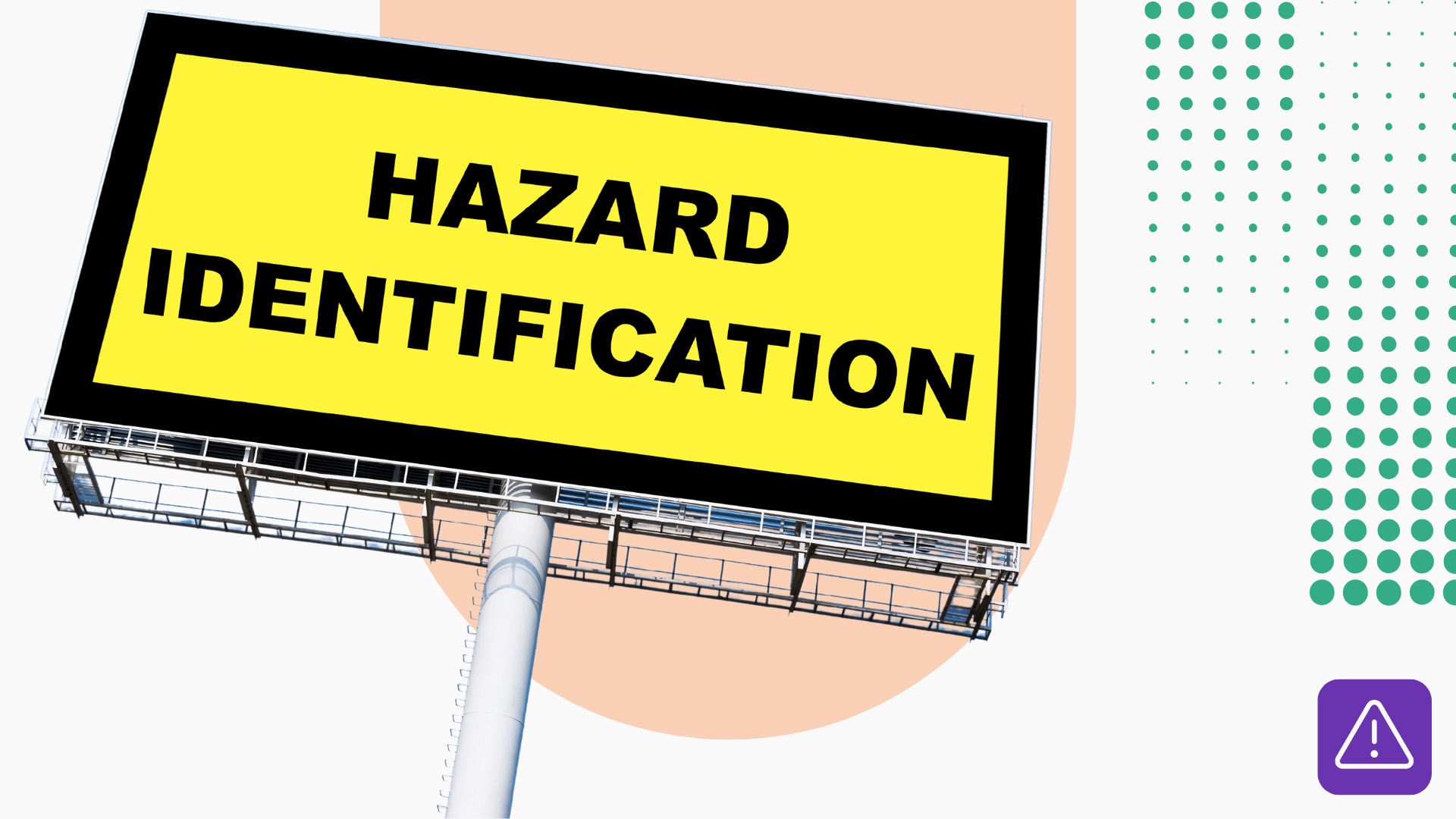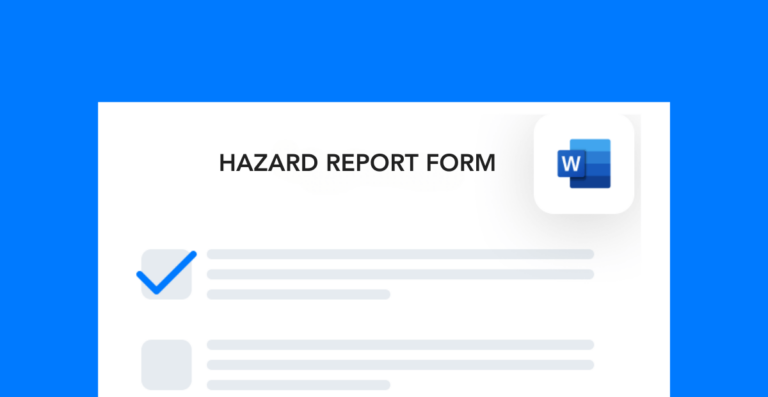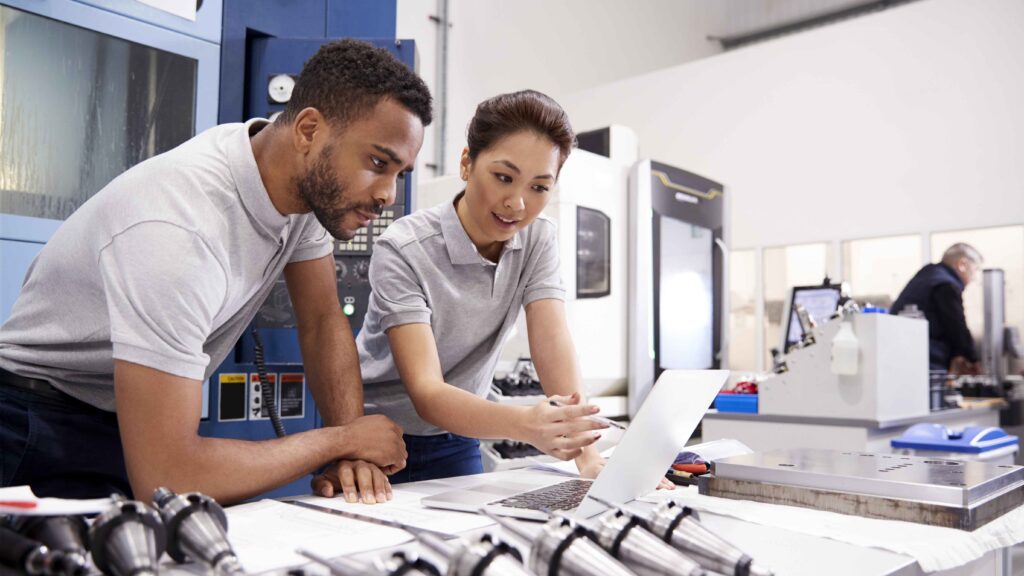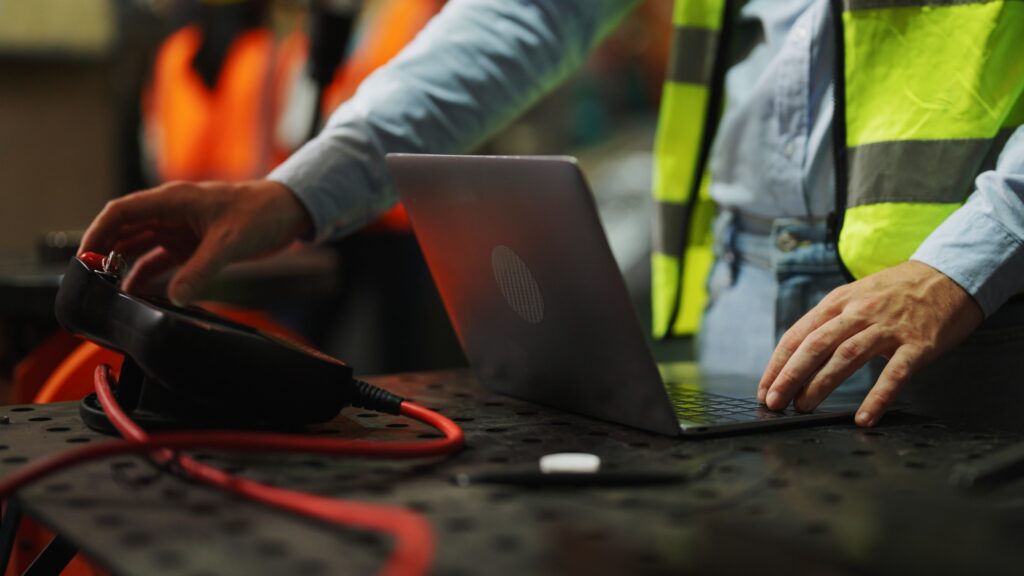Proactive safety management requires everyone’s participation. One of the best ways to get employees talking about safety is to have a hazard reporting process in place. This involves teaching workers how to spot hazards in the first place. Use this hazard recognition toolbox talk to do just that!
Free form!
Download this free hazard recognition toolbox talk template that you can use to create a site-specific hazard report form for your team to fill out.
Hazard recognition toolbox talk overview
During this toolbox talk, we’ll try to answer these questions:
- How can early detection help us prevent incidents?
- What are the most common hazards to look out for?
- What should you do when you see a hazard?
The better we are at recognizing unsafe work conditions and potential hazards, the more incidents we can prevent.
Benefits of early recognition
If you report a hazard right when you see it, that gives our safety team more time to fix it. Not only that, but it also helps us understand what caused the issue and what we can do to stop it from resurfacing. Recognizing hazards is a key part of every toolbox talk. That means you can help us prevent injuries, illnesses, and other safety incidents too.
Once you start recognizing hazards, it’ll be hard not to notice them. Getting into this habit gives you better situational awareness and can even help your productivity. When you’re checking for safety hazards, you’ll often see other issues like clutter that might affect your work. The more proactive you are about creating a safe workspace, the likelier you are to notice other problems as well.
Common safety hazards recognition toolbox talk
The most common safety hazards that you want to keep any eye out for are:
- Physical hazards like clutter, slip and trip hazards, machines with missing guards, unsafe electrical components, and more
- Chemical hazards in the form of loose, open containers, lack of PPE, and other circumstances that might increase your risk of getting a chemical burn or starting a fire
- Health hazards like unsanitary work surfaces or tools, poor facility conditions, or coworkers who are sick and not taking precautions
- Environmental hazards like dangerous weather, loud noises, distractions, and insufficient ventilation (especially in confined spaces or places where chemicals are in use)
Hazard recognition involves doing a routine safety inspection of your tools and workstation before each shift. This simple exercise can help you find and control hazards, lowering your risk of injury or illness.
Hazard recognition best practices
The first step in effective hazard recognition is engaging your senses and taking note of your surroundings. What do you see? Smell? Hear? Maybe you smell a potential gas leak or notice that your equipment is missing an important safety guard. Look for anything that could cause an injury or property damage.
Once you recognize a hazard, you have to do something about it. This means either correcting the situation yourself or getting help from a team member or supervisor. You should always report a hazard if you can’t control it safely on your own. Even the smallest issues can cause a bigger problem later, so don’t wait to act on what you see.
If we all take these steps to recognize and control hazards in real-time, we can have a big impact on safety with our toolbox talks. The key is to keep a proactive mindset and tackle each hazard as soon as we see it.




